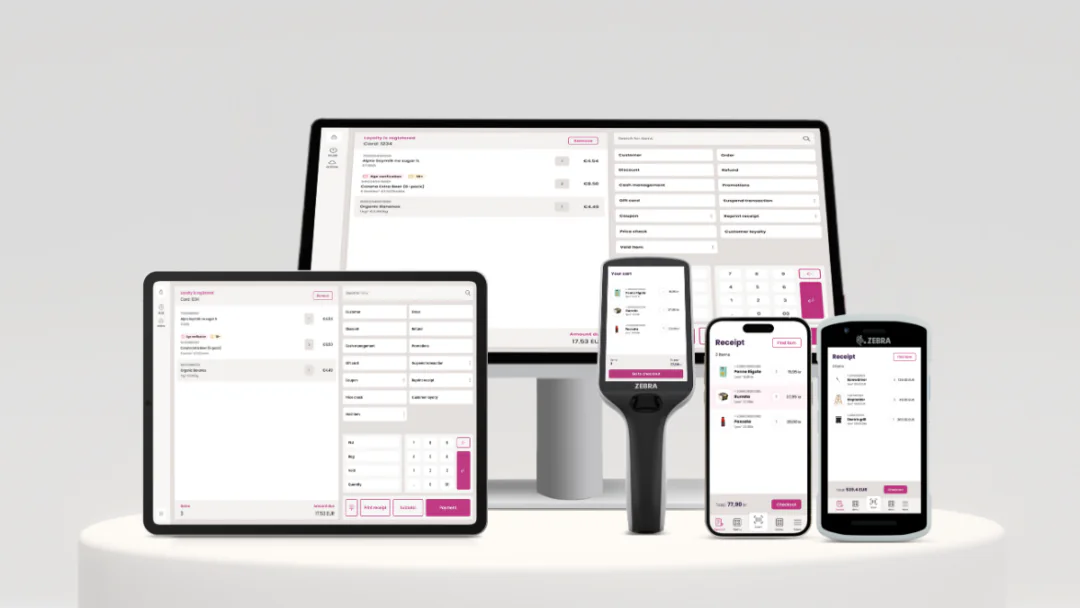How POS Systems Reduce Costs and Increase Profit Margins

In today’s competitive marketplace, business owners are constantly seeking ways to cut unnecessary expenses and improve profitability. Whether you run a retail store, a restaurant, or a café, efficiency and accuracy are key to maintaining healthy profit margins. This is where modern Point of Sale (POS) systems play a crucial role.
Far more than just cash registers, today’s POS systems are powerful business management tools designed to streamline operations, minimize waste, and maximize profits. Let’s explore how the right POS system can significantly reduce costs and increase your bottom line.
1. Automating Manual Processes Saves Time and Labor Costs
Time is money—and POS systems save plenty of both. Manual record-keeping, handwritten receipts, and spreadsheet-based inventory management are time-consuming and prone to human error.
A modern POS automates these processes, allowing employees to process sales faster, track transactions automatically, and manage stock levels in real time. This automation reduces administrative work, freeing your staff to focus on serving customers and generating sales rather than managing paperwork.
In restaurants and cafes, for example, a POS system sends orders directly to the kitchen, eliminating miscommunication between staff and reducing wasted ingredients caused by order errors. The result? Lower labor costs and more efficient use of time.
2. Real-Time Inventory Management Prevents Overbuying and Waste
Inventory management is one of the biggest challenges—and expenses—for businesses. Overstocking can tie up cash flow, while understocking can lead to missed sales opportunities.
A POS system helps strike the perfect balance by providing real-time insights into inventory levels. It automatically updates stock counts after each sale, alerts you when items are running low, and even forecasts demand based on past trends.
For restaurants and cafes, this means knowing exactly which ingredients to order and in what quantities—reducing food waste and spoilage. For retailers, it prevents dead stock that sits on shelves and eats into profits. By managing inventory more intelligently, businesses can reduce waste, control costs, and maintain healthier margins.
3. Reducing Human Error and Shrinkage
Human errors—like incorrect pricing, forgotten discounts, or miscounted stock—can quietly eat away at profits. A good POS system minimizes these risks by standardizing processes and automating accuracy.
For example, automated barcode scanning eliminates manual entry mistakes, while built-in pricing rules ensure discounts and promotions are applied correctly. Additionally, POS systems track every transaction, helping business owners identify discrepancies that could signal theft or shrinkage.
This level of transparency not only safeguards revenue but also builds trust among your team, knowing that all transactions are monitored and recorded.
4. Smarter Data Insights Lead to Better Decision-Making
Every sale your POS records adds to a wealth of actionable business data. By analyzing reports on sales trends, profit margins, and customer preferences, you can make smarter financial decisions.
Want to know which menu item in your café delivers the highest profit margin? Or which products in your retail store aren’t pulling their weight? Your POS reports can tell you instantly.
With these insights, you can focus your resources on high-performing items, adjust pricing strategies, and eliminate underperforming products—all contributing to a leaner, more profitable operation.
5. Optimized Staff Scheduling and Performance Tracking
Labor is often one of the largest business expenses. POS systems can help control these costs through employee management features that track performance, working hours, and sales productivity.
By analyzing data, you can identify peak hours and schedule staff more efficiently—ensuring you have the right number of employees on duty without overspending on unnecessary labor.
Additionally, tracking individual sales performance allows you to reward top employees and train those who need improvement, creating a more motivated and productive workforce that directly impacts profitability.
6. Streamlined Supplier and Purchase Order Management
Many modern POS systems integrate directly with suppliers, simplifying the process of ordering stock. You can set automatic reorder points for essential items and track supplier performance over time.
This reduces the risk of over-ordering, late deliveries, or purchasing from unreliable vendors—all of which can impact costs and profit margins. Automation also saves administrative time, allowing you to reinvest energy into marketing, customer engagement, or product development.
7. Enhancing Customer Retention and Repeat Business
It’s often cheaper to retain existing customers than to acquire new ones. POS systems support this by offering built-in loyalty programs, discounts, and personalized promotions.
By analyzing purchase histories, you can target customers with the right offers at the right time—encouraging repeat visits and boosting long-term profitability without increasing marketing spend.
Final Thoughts
A POS system is more than just a sales tool—it’s a cost-control and profit-boosting powerhouse. By automating processes, reducing waste, improving accuracy, and leveraging data-driven insights, it empowers business owners to make smarter decisions that strengthen the bottom line.
Whether you operate a single café or a chain of retail outlets, the right POS system can turn everyday efficiency into sustainable growth—and help your profits soar.






